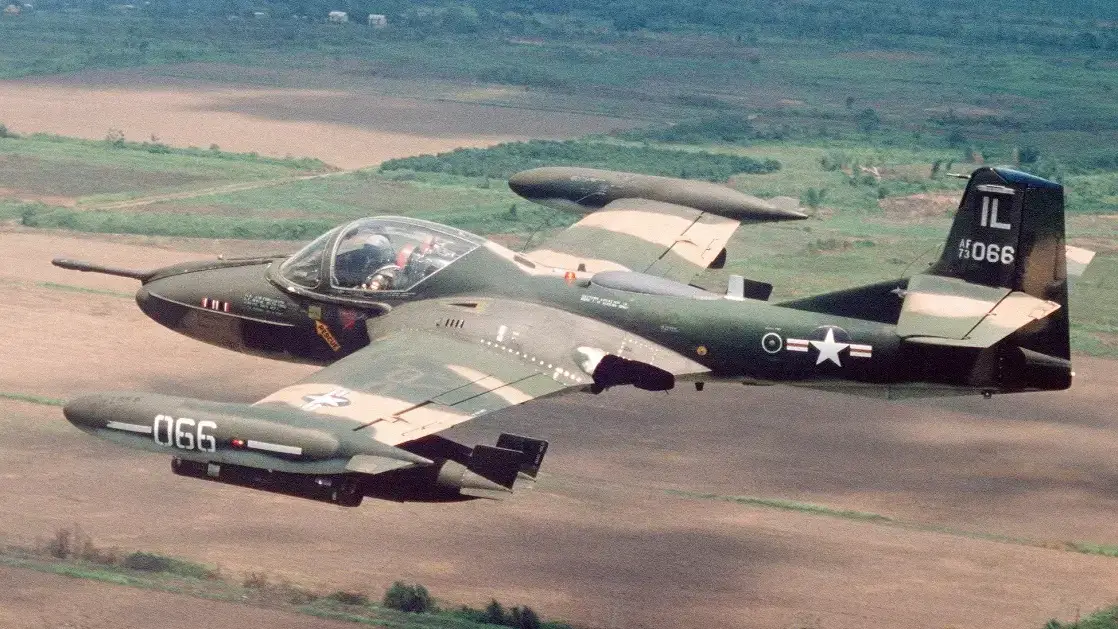This Dragonfly stung the Communists in Vietnam

SUMMARY
When you think of companies that deliver combat aircraft to the United States military, you probably think 'Lockheed' and 'Boeing' right away. Historic companies like Grumman, Curtiss, and McDonnell-Douglas might also spring to mind — but not Cessna. However, that company delivered a nifty little counter-insurgency plane: the A-37A Dragonfly.
Over the years, Cessna delivered some slightly-modified, single-engine planes, like the O-1 Bird Dog, which was used for spotting artillery fire and by forward air controllers. The company also delivered the T-37 Tweet, which served a valuable jet trainer for over five decades — but the Tweet proved it could be more than a trainer.
As the Vietnam War heated up, the United States was looking for a plane to support troops on the ground. To fill this need, Cessna converted 39 T-37 Tweets into new A-37As, dubbed "Dragonfly." The converted planes performed so well, the Air Force ordered another 577. The National Museum of the United States Air Force notes that 234 of these were sent to South Vietnam.
The fall of South Vietnam meant that a number of these planes fell into the hands of the Communist regime that ruled Vietnam. However, the A-37 was soon acquired by other American allies, and also saw service with Air Force Special Operations Command as well as the Air Force Reserve and Air National Guard.
The A-37 had a top speed of 506 miles per hour and a maximum range of 932 miles. It could carry a pilot (for close-air support missions) or a pilot and observer (for use as a forward air controller). It was armed with a 7.62mm Minigun, which meant the Dragonfly could deliver kind of a mini-BRRRRRT to the enemy, and it had eight hardpoints for bombs, rockets, or guns.
SHARE
